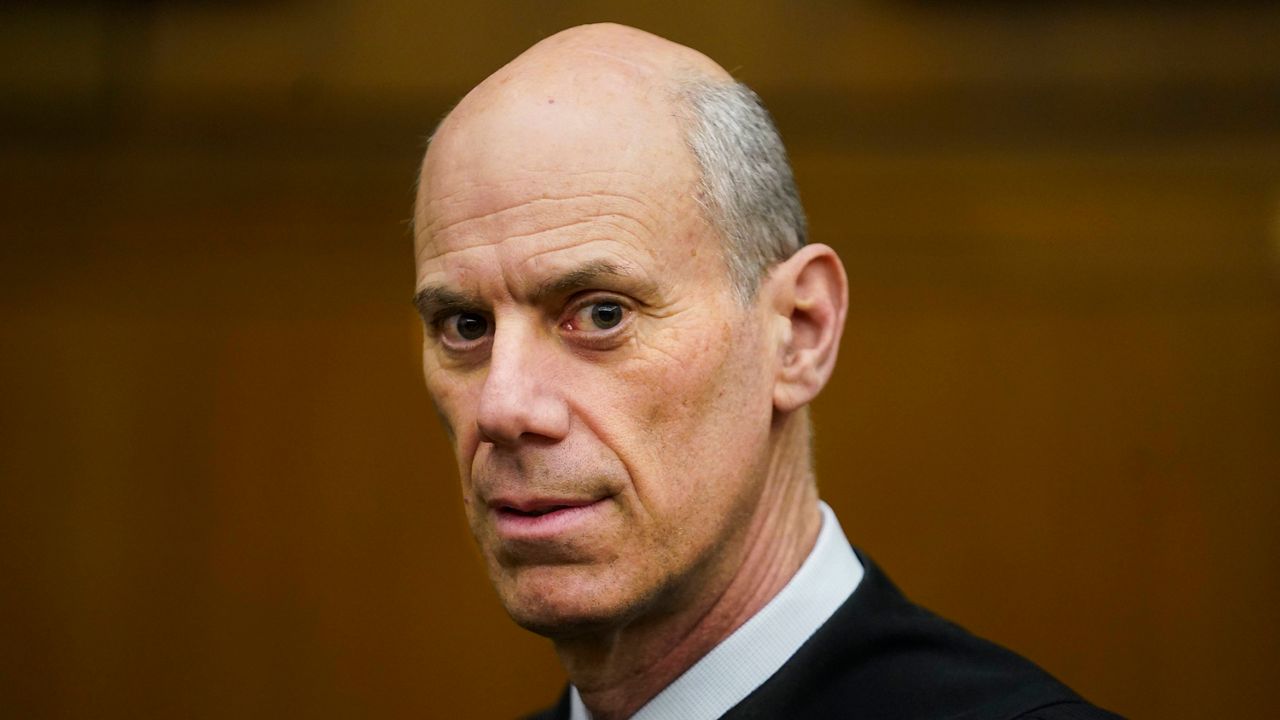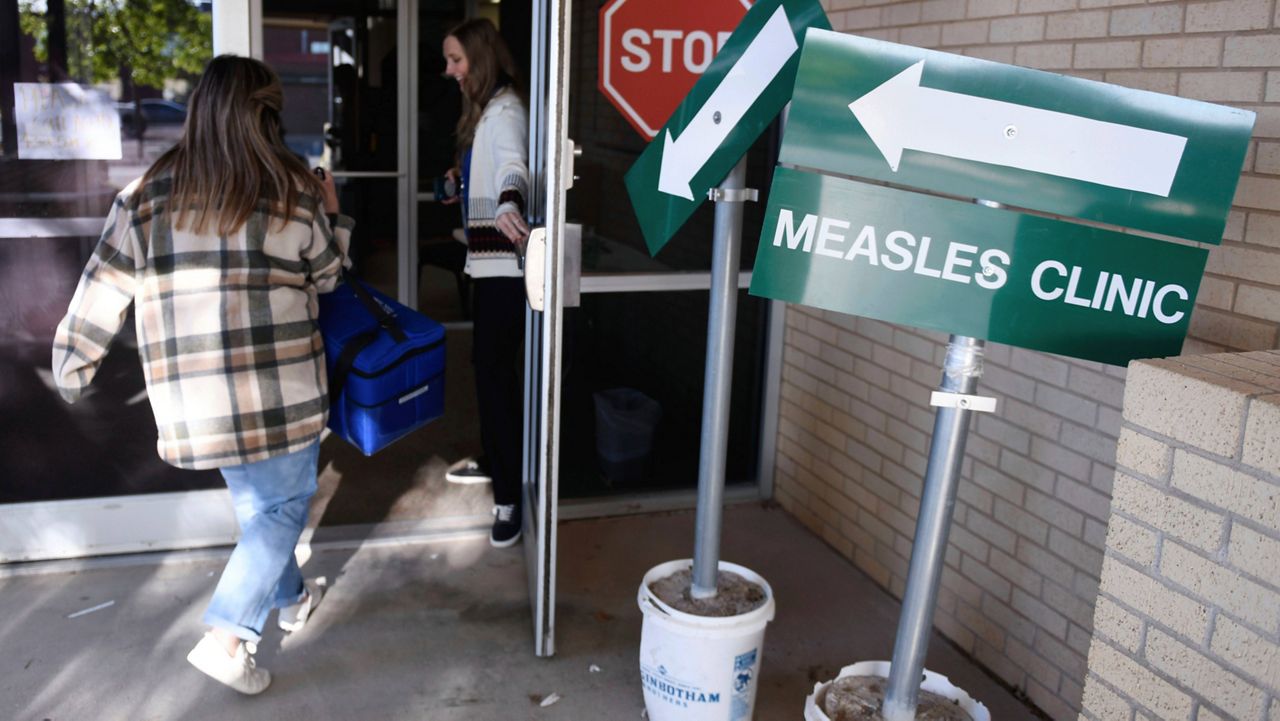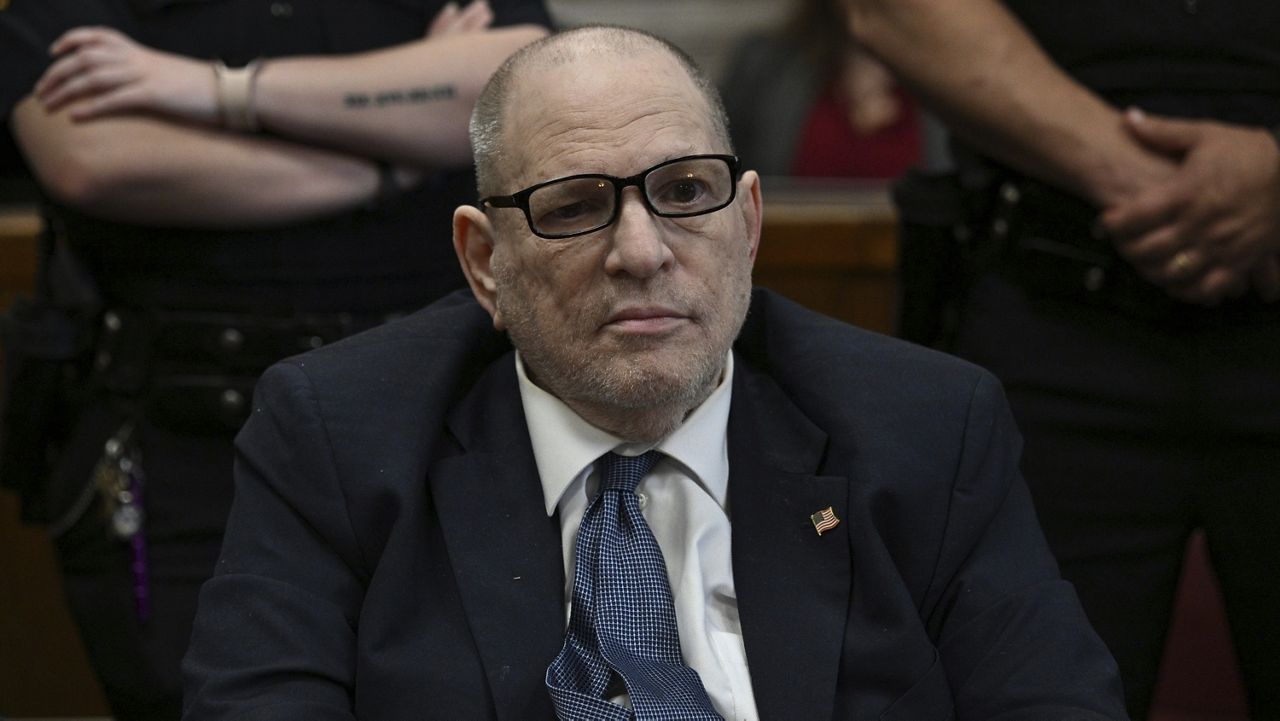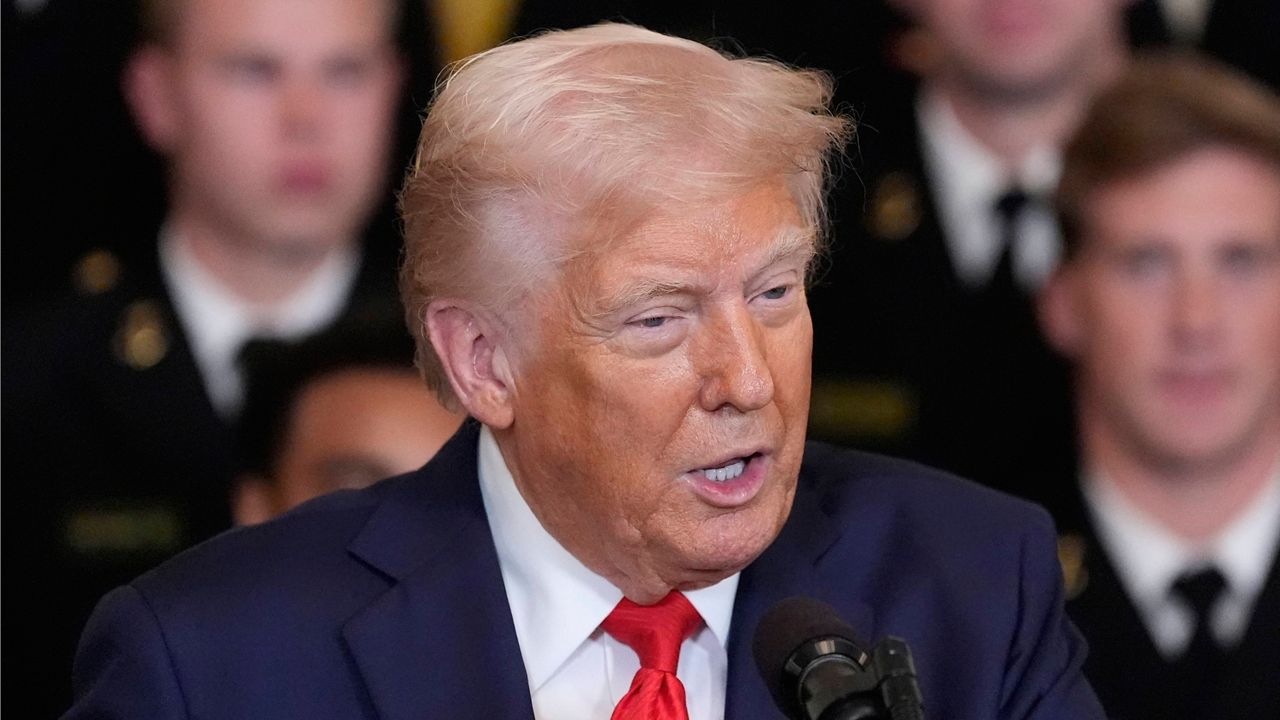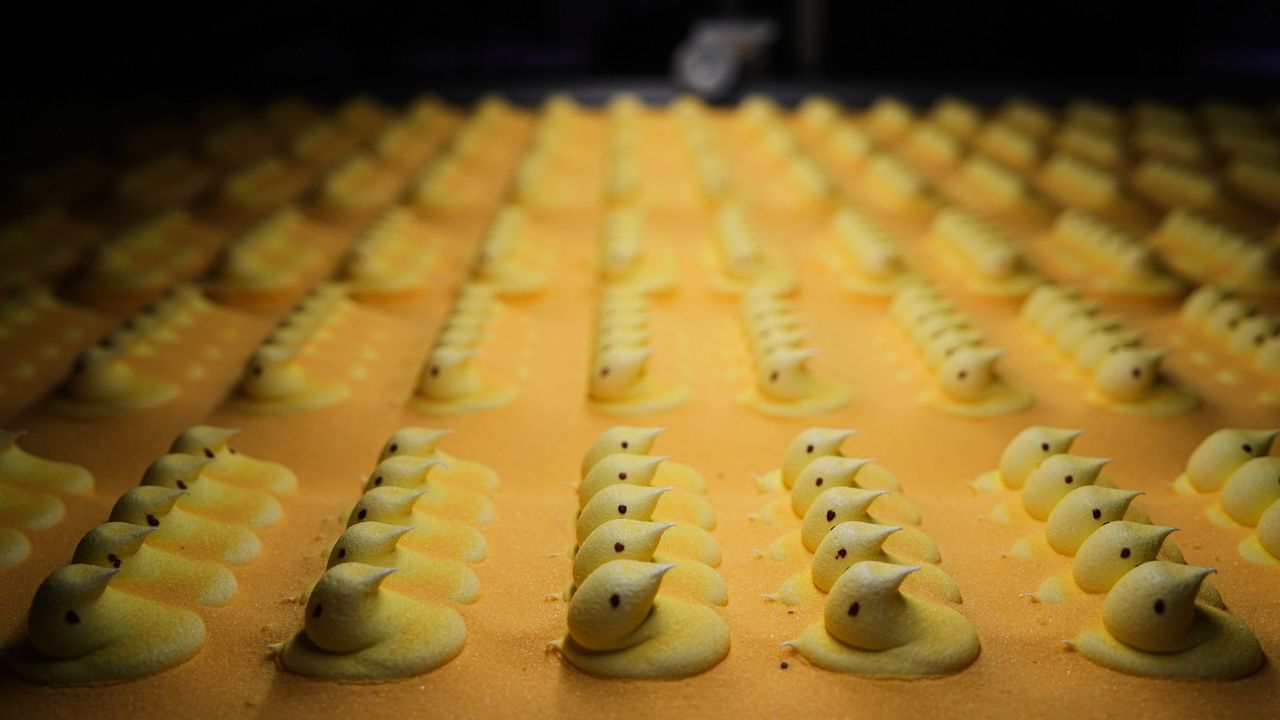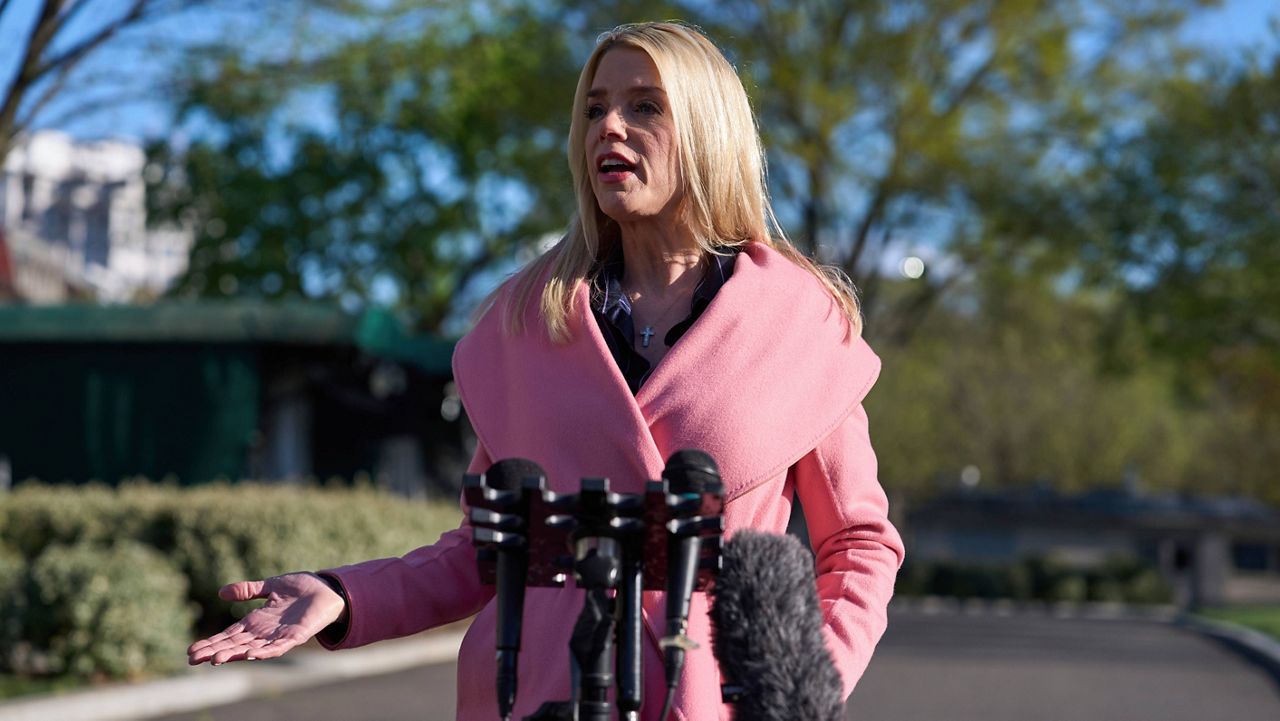SAN DIEGO — An Indigenous inventor is combining tradition and innovation through robotics to preserve Native American languages before they disappear.
Danielle Boyer is used to taking things into her own hands. She is an Anishinaabe robotics designer who knows how challenging it is for Indigenous youth to break into the field.
“Growing up for me, I couldn’t afford science and tech because I grew up under the poverty line,” Boyer said.
She designed her first robot at 17. That initial prototype became EKGAR, or Every Kid Gets a Robot, a $20 remote-control car kit that teaches Indigenous students technical skills. Boyer said she 3D prints them from recycled plastic in her home studio. Her nonprofit, the STEAM Connection, focuses on making robots accessible and she has shipped thousands of kits to kids for free.
"Especially for kids from my background, which is Indigenous, you can't always afford these types of things and you can't always have a chance to learn the types of things that you want to," Boyer said. "Or to get a head start on science and tech careers; and so that's why [EKGAR] was born."
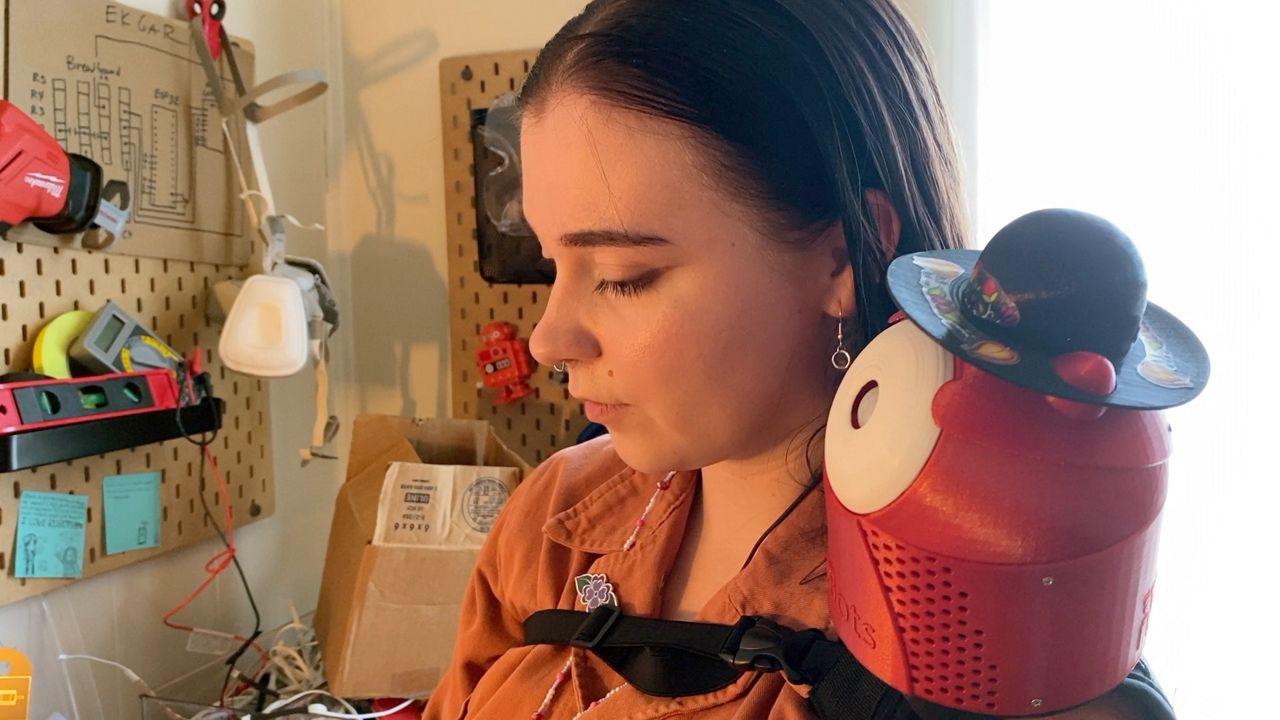
Now, Boyer has designed a second robot, called SkoBots, that will help save disappearing Indigenous languages. The SkoBots are a wearable and adorable robot that helps teach endangered Indigenous languages to kids. Much like her first one, she provides the kits for free, and students build the SkoBots themselves.
“My language is called Anishinaabemowin and it’s an endangered Indigenous language," she said. "So it can be really scary because a lot of our languages are disappearing from Indigenous communities.”
The SkoBots sense motion and say "boozhoo" (hello) and other phrases in response.
Boyer says she built the latest SkoBots to resemble a makwa (bear) and a waabooz (rabbit).
She says she has a lot of hope for the future and believes there is a path forward to save all the parts of Indigenous culture.
“Indigenous peoples didn’t just exist in the past; we also exist now in the present and in the future,” she said. “I want to encourage everyone to learn their languages and to connect with their families and communities.”
Boyer says “Sko” is reservation slang for “let’s go.” Boyer is working to record more words in the voices of Indigenous children and elders (including her grandmother) to expand the robots’ vocabulary.








